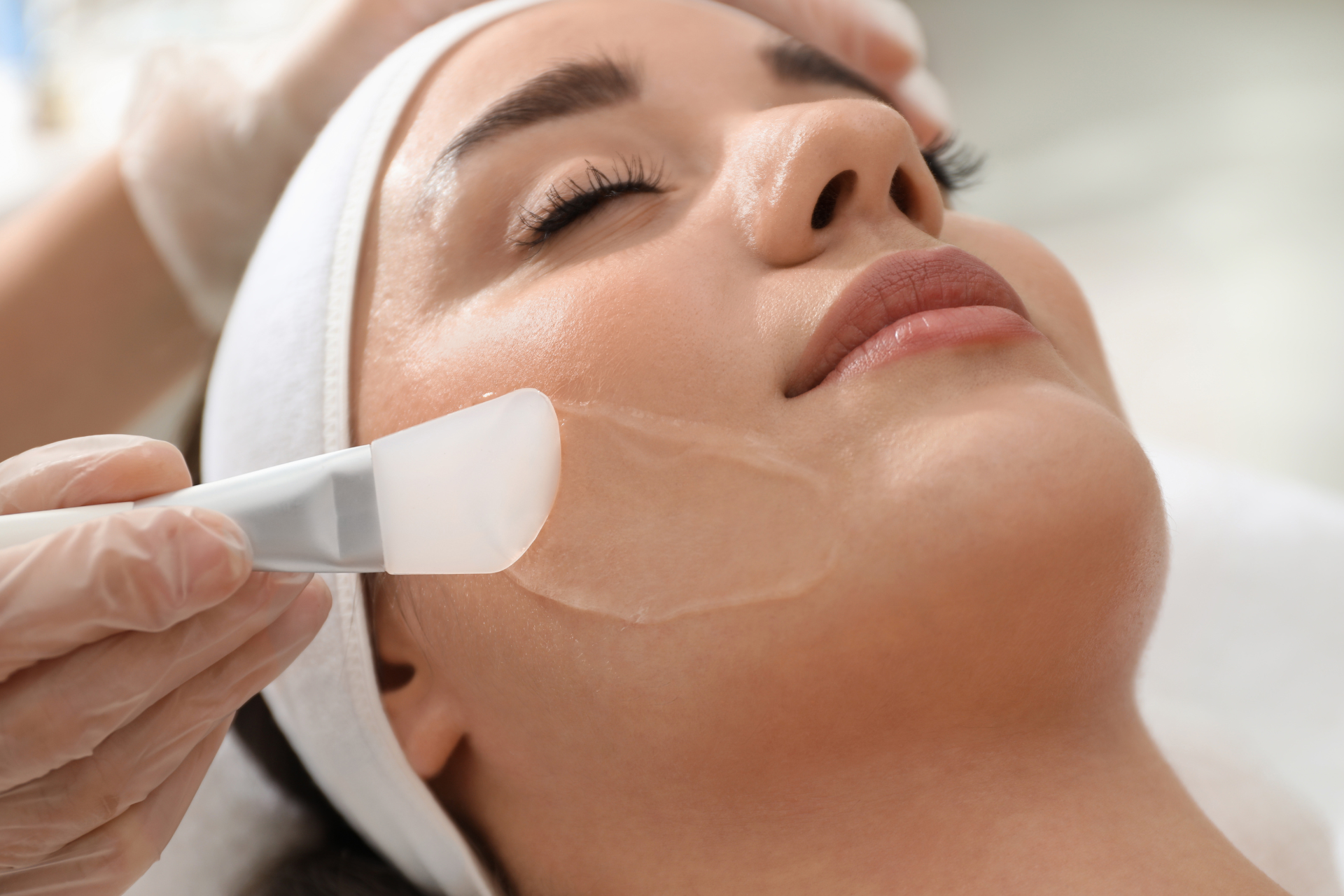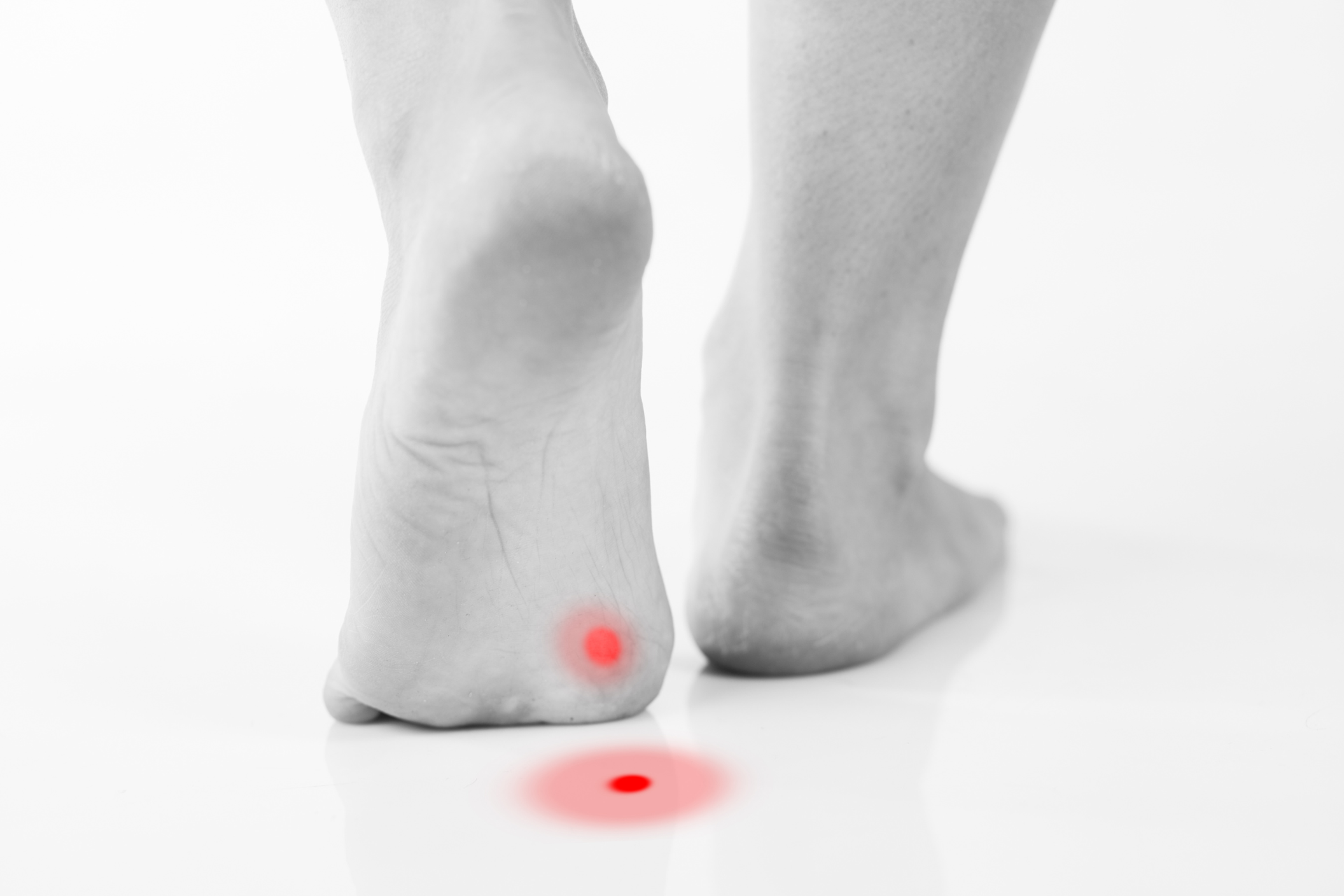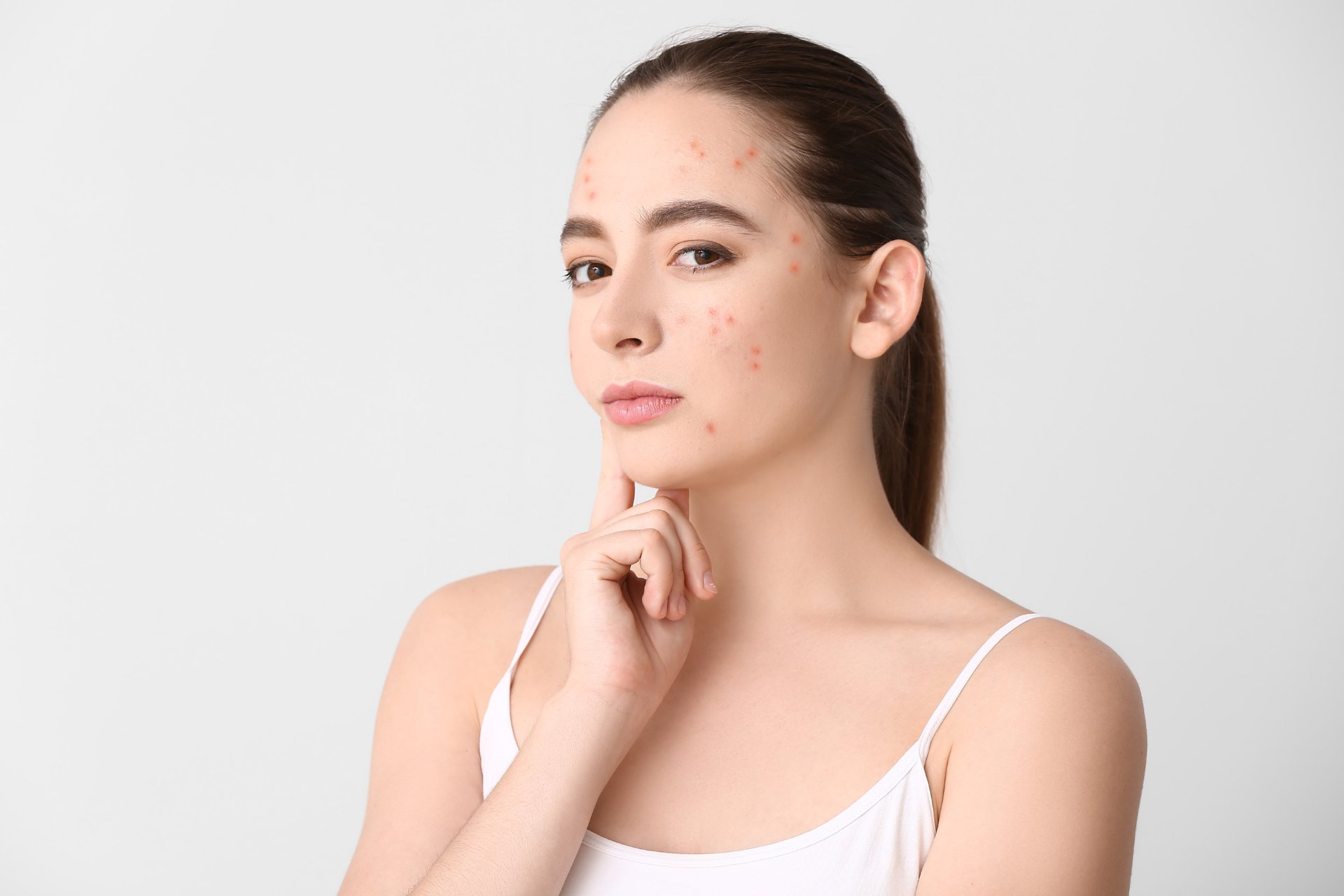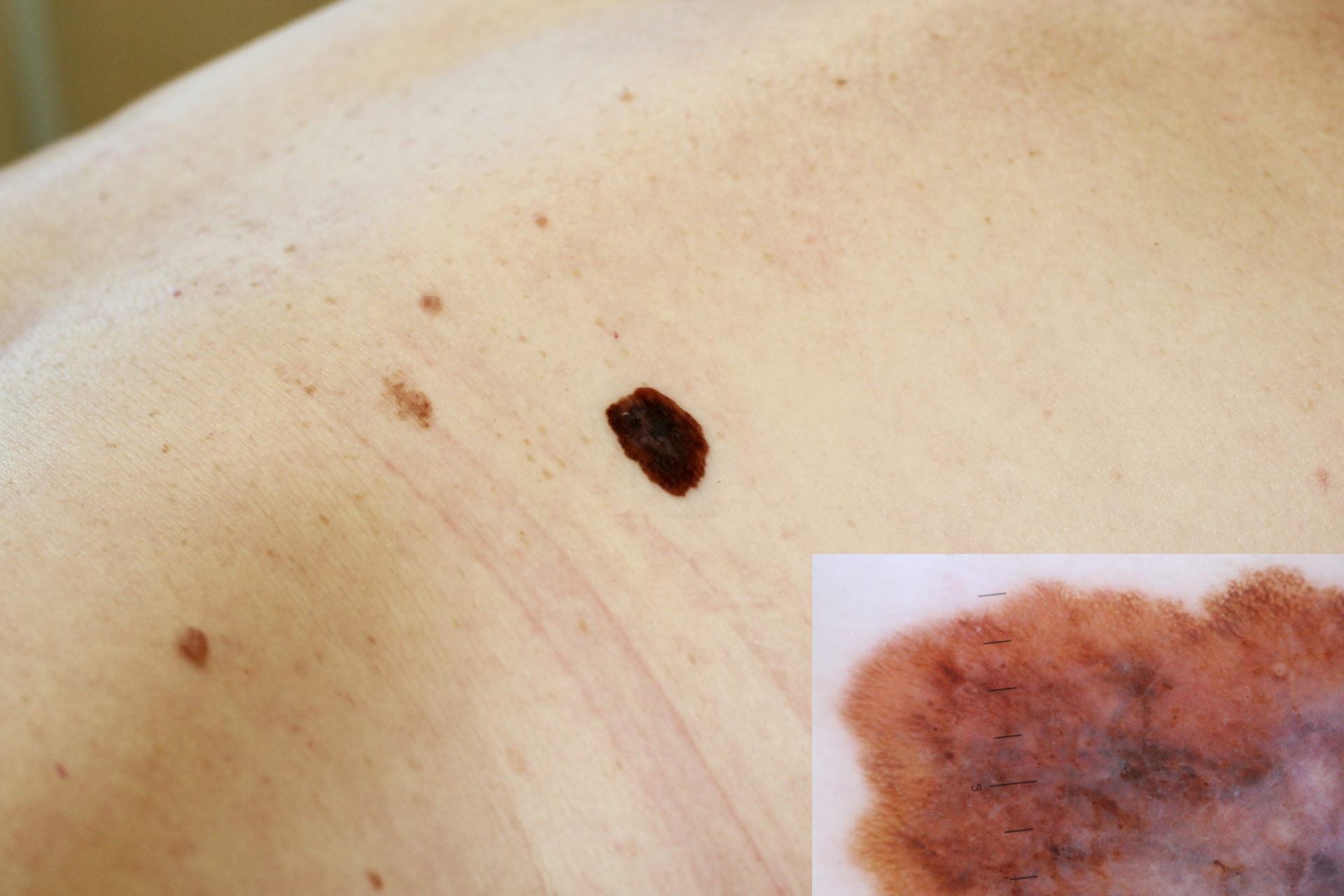The Science Behind Chemical Peels: Benefits for Smoother, Younger Skin

Are you ready to reveal smoother, younger-looking skin? Look no further than chemical peels. At Fall Creek Skin and Health Clinic, we understand the importance of helping our patients achieve their skin goals. Chemical peels offer a safe and effective solution to various skin concerns, providing long-lasting benefits for a radiant complexion.
Understanding Chemical Peels
Chemical peels are a popular cosmetic procedure that involves the application of a chemical solution to the skin, causing it to exfoliate and eventually peel off. This process stimulates cell turnover, revealing fresher, healthier skin underneath. Depending on the type and strength of the peel, different layers of the skin can be targeted, addressing a wide range of concerns from fine lines and wrinkles to acne scars and hyperpigmentation.
The Benefits of Chemical Peels
1. Smoother Texture
Chemical peels work by removing the outermost layer of dead skin cells, resulting in a smoother and more even skin texture. This reveals fresh, youthful skin that feels soft to the touch.
2. Improved Tone and Clarity
Uneven skin tone, sun damage, and pigmentation issues can be effectively treated with chemical peels. By promoting the shedding of damaged skin cells, peels help improve overall skin tone and clarity.
3. Reduced Fine Lines and Wrinkles
Over time, our skin naturally develops fine lines and wrinkles due to aging and environmental factors. Chemical peels stimulate collagen production, promoting firmness and reducing the appearance of fine lines and wrinkles.
4. Acne Treatment
Chemical peels can be an effective treatment for acne, as they help to unclog pores, reduce inflammation, and minimize the appearance of acne scars. Regular treatments can lead to clearer, healthier skin.
5. Boosted Radiance
One of the key benefits of chemical peels is the instant glow they provide. By removing dull, dead skin cells, peels reveal a radiant complexion that looks refreshed and rejuvenated.
Safety and Considerations
At Fall Creek Skin and Health Clinic, our experienced providers prioritize your safety and comfort during chemical peel treatments. Before undergoing a chemical peel, a thorough consultation will be conducted to assess your skin type, concerns, and desired outcomes. Based on this evaluation, the most suitable peel formulation and strength will be recommended.
It's important to follow post-treatment care instructions provided by your skincare provider to ensure optimal results and minimize any potential side effects. This may include avoiding sun exposure, using gentle skincare products, and staying hydrated to support the skin's healing process.
In conclusion, chemical peels are a science-backed solution for achieving smoother, younger-looking skin. Whether you're looking to improve skin texture, treat acne, or reduce signs of aging, chemical peels offer a versatile and effective option. At Fall Creek Skin and Health Clinic, we are committed to helping you achieve your skincare goals with personalized care and expertise.
Ready to experience the transformative benefits of chemical peels? Contact Fall Creek Skin and Health Clinic today to schedule a consultation and start your journey to healthier, more radiant skin.



Need Our Services?
Book a free consultation

Our promise is to offer high-quality medical attention at a fair price in a clean, friendly, and professional environment.
QUICK LINKS
BUSINESS HOURS
- Mon - Thu
- -
- Friday
- -
- Saturday
- Appointment Only
- Sunday
- Closed
All Rights Reserved | Fall Creek Skin and Health Clinic |
